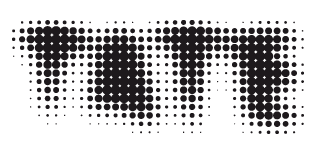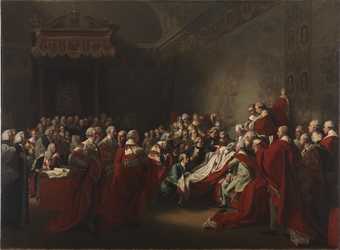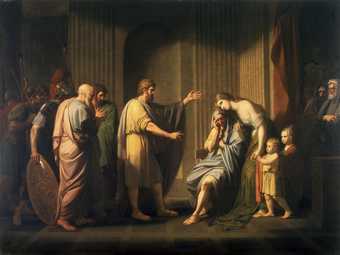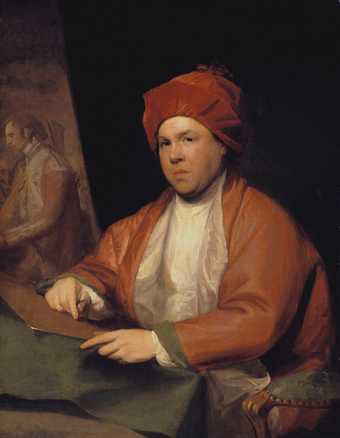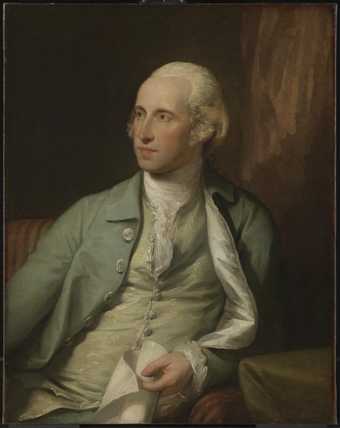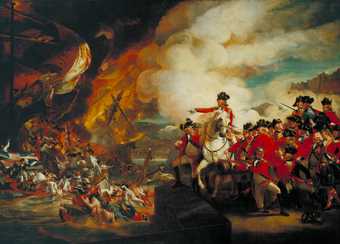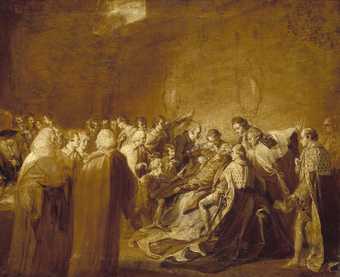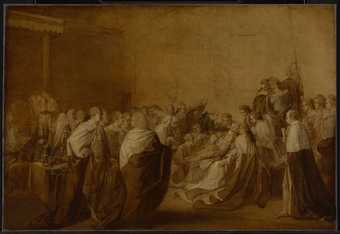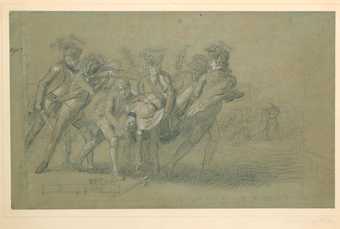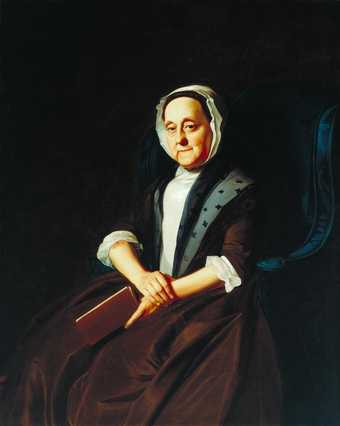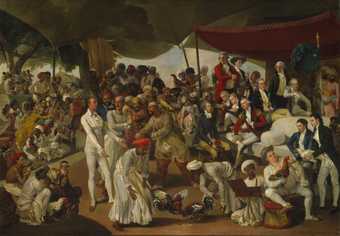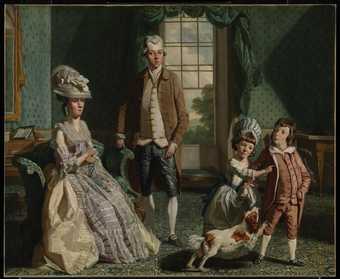Explore
- architecture(30,960)
-
- townscapes / man-made features(21,603)
-
- square(473)
- emotions and human qualities(5,345)
-
- fear(262)
- military(301)
- religious and ceremonial(1,733)
-
- flag - non-specific(333)
- gun, rifle(201)
- weapon, firing / explosion(81)
- actions: expressive(2,622)
-
- supporting(91)
- running(125)
- child(1,324)
- shot(13)
- black(796)
- Jersey(7)
- Channel Islands(55)
- birth to death(1,472)
-
- death(685)
